The Gerbil is a small member of the rodent family. Some of their closest relatives include the house mouse, brown rat, spiny mouse, and more. Researchers recognize over 100 different species in the Gerbillinae subfamily, but for our purposes we will focus on the popular Mongolian Gerbil. Read on to learn about the Gerbil.
Description of the Gerbil
These little rodents have furry bodies with long, fur-covered tails. Naturally, their fur is sandy brown in color with a cream-colored underside. However, people have bred numerous different colors in captivity, including all white, orange, gold, silver, and more.
They measure between 8 and 10 inches in length, including their tails. Their weight also ranges between 2 and 5 ounces, with males weighing more than females.
Interesting Facts About the Gerbil
These little creatures are quite common household pets. Learn what makes them so unique, below.
- Social Standard– In the wild, a pair of Gerbils lives with its latest litter of offspring, as well as several pups from previous litters. The dominant female is the only one in the group who breeds.
- Burrow System – All of these little rodents cohabitate in the same burrow. Luckily, their burrows are quite extensive and complex! A single burrow can contain 10 or more separate exit holes.
- Scientific Study – In the early 1900’s people used these rodents in many different scientific experiments. In fact, the original pets came from scientific specimen populations! Nowadays, people do not use them in scientific experiments as frequently.
- Popular Pets – The pet specimens that we have today came from a group of individuals that researchers shipped from Mongolia. They imported 20 pairs for research, and the vast majority of our modern pet Gerbils came from that original group.
Habitat of the Gerbil
In the wild, these rodents live primarily in underground burrows and tunnels. The habitats that they live in have sandy substrate covered in grasses and shrubs. Some of their favorite ecosystems include grassland, steppe, desert, shrubland, and semi-desert.
People keep these pets in relatively large enclosures, preferably in pairs. They provide a paper or soft shaving bedding for the animals to tunnel in. Most habitats also contain multiple levels for exploration.
Distribution of the Gerbil
These rodents live throughout suitable habitats in inner Mongolia. They also range into northern China, and southern Russia. However, this species lives as a pet in many people’s houses. You can find pets of this species worldwide.
Diet of the Gerbil
Like most rodents, this species is herbivorous. It eats a variety of grasses and shrubbery. Its diet also contains berries, fruits, seeds, grains, and more. As pets, these creatures eat commercially produced rodent food. You can also provide a variety of fresh fruits and vegetables.
Gerbil and Human Interaction
Humans interact with these creatures quite frequently. People keep them as pets, and also use them in scientific research. In the wild, these creatures do not do much damage as an agricultural pest, and do not face extensive pressure from humans. For this reason, the IUCN lists them as Least Concern.
Domestication
You could consider these rodents “partially domesticated.” Though humans have selectively bred them for friendliness and coat color, we have only kept them as pets for 65 years. Though this seems like a long period of time, it takes hundreds of years for full domestication to occur.
Does the Gerbil Make a Good Pet
Yes, these rodents make wonderful pets. They are small, easy to care for, and when you socialize them, they can be quite friendly.
Gerbil Care
You must provide your Gerbil with a safe, secure enclosure. As social creatures, they also need other individuals of the same species to live with. Provide deep, soft substrate for their bedding, and plenty of places to hide.
Commercially produced rodent foods provide all the nutrition that your pet needs, but you can also provide fresh fruits and vegetables. These are a great treat to help your pet socialize and become comfortable with you and being handled.
Behavior of the Gerbil
In the wild, these creatures show primarily crepuscular behavior. During the middle of the day they hide from the heat, but in the early morning and late afternoon they forage for food. At night they sleep in their burrows to avoid predators.
These mammals are quite social, and they live in small family groups. A breeding pair leads these groups, and the other members consist of offspring of various ages.
Reproduction of the Gerbil
A single pair can produce three litters of pups in a breeding season. The gestation period lasts about three weeks or a month. Most litters contain about five or six young. These pups grow quickly, and wean off their mother’s milk at about a month old. They reach sexual maturity at about two months old, but often remain with their parents for some time.

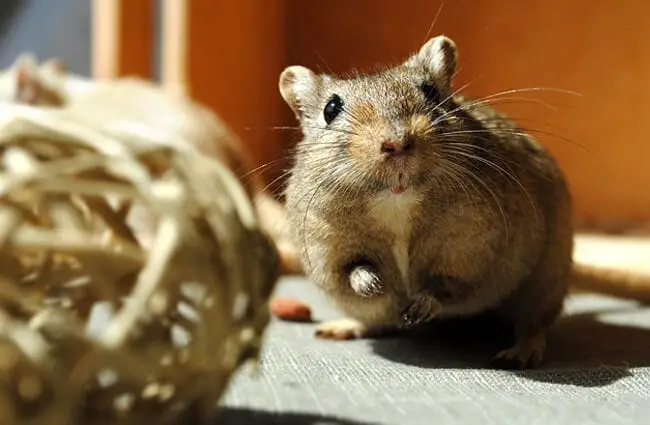
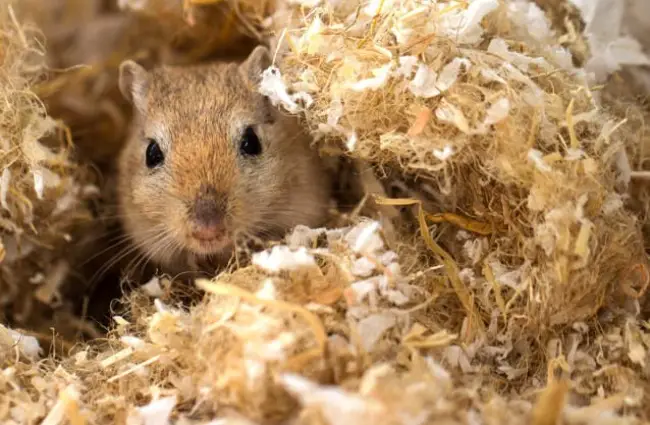
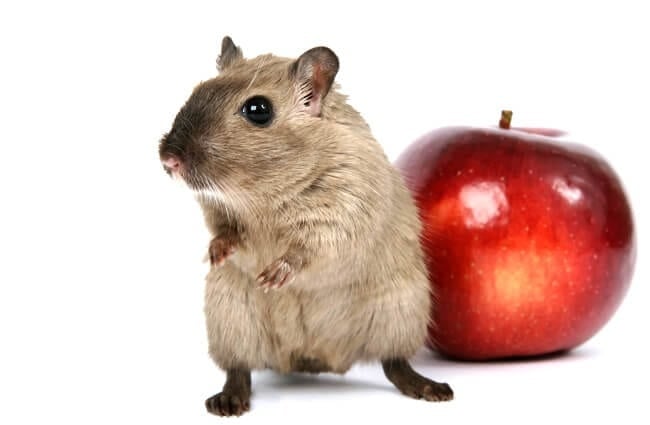
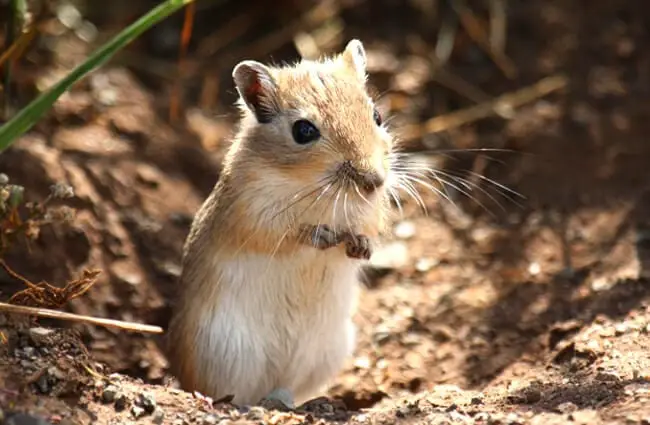
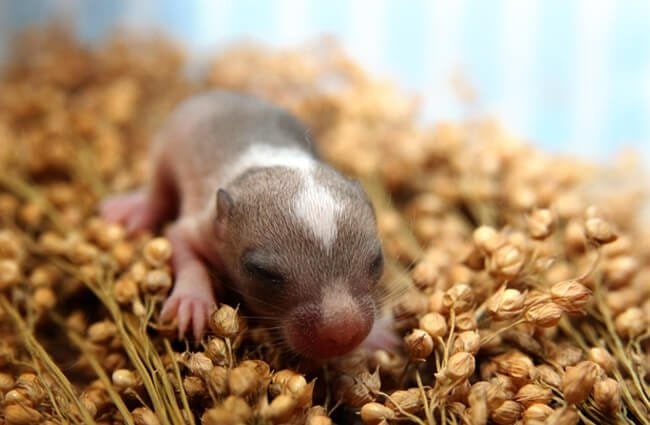
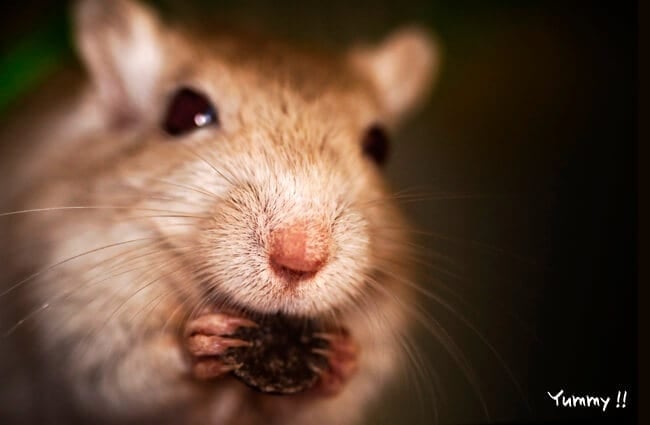



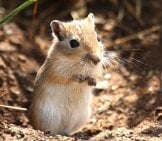
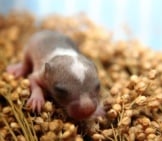
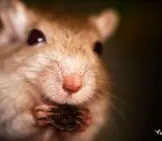
![Red Angus Closeup of a beautiful Red Angus cowPhoto by: U.S. Department of Agriculture [pubic domain]https://creativecommons.org/licenses/by/2.0/](https://animals.net/wp-content/uploads/2020/03/Red-Angus-4-238x178.jpg)












![Red Angus Closeup of a beautiful Red Angus cowPhoto by: U.S. Department of Agriculture [pubic domain]https://creativecommons.org/licenses/by/2.0/](https://animals.net/wp-content/uploads/2020/03/Red-Angus-4-100x75.jpg)

